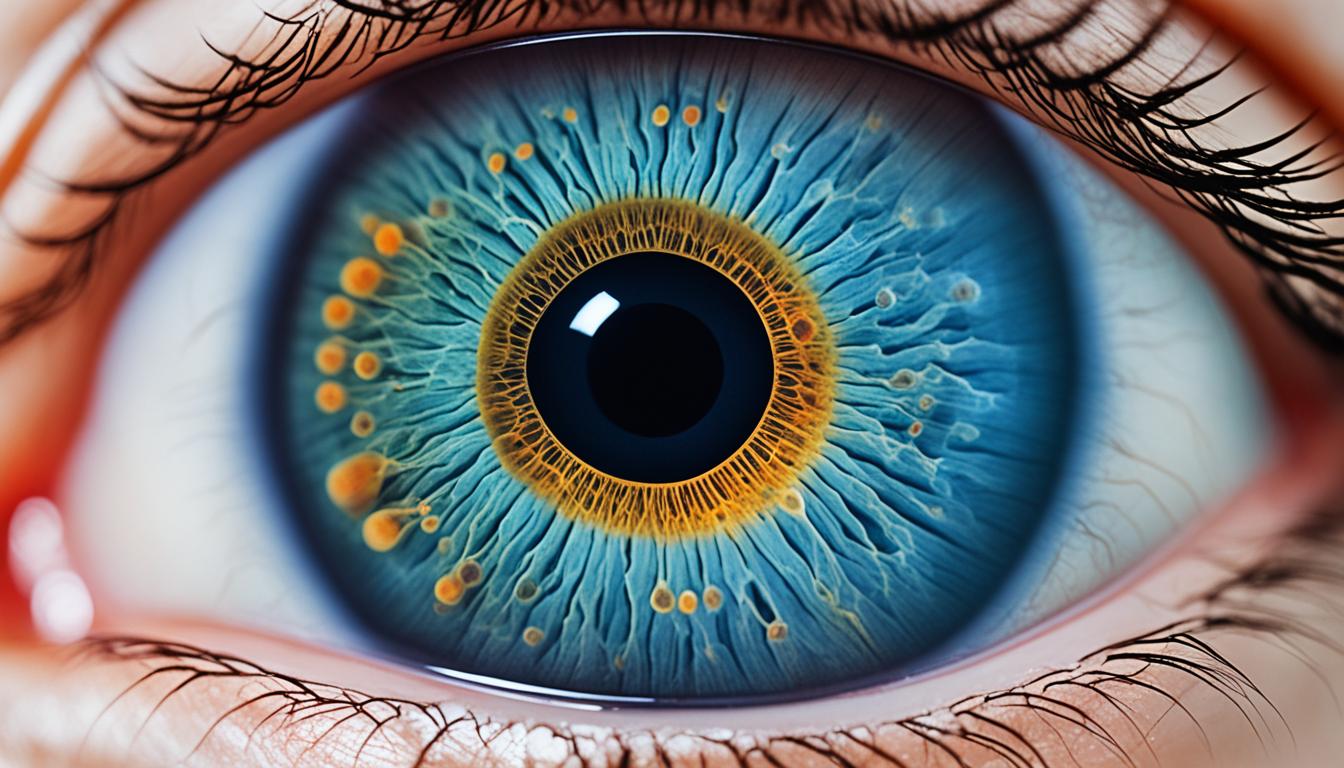Retinal detachment is a serious eye problem. If not treated quickly, it can cause you to lose your vision permanently. It happens when the retina, which is the part of your eye that processes light, moves away from its usual spot. This movement can be due to getting older, but sometimes, it’s because of eye injuries or trauma.
People with retinal detachment might see sudden specks or see a shadow over their eyes. They could also lose the ability to see at the edges of their vision. If this happens to you, seeing a doctor right away is crucial to avoid more harm.
To find out if you have retinal detachment, an eye doctor will do a special eye exam. They look closely at your retina to see how serious the detachment is.
The main way to fix retinal detachment is with surgery. A specialist in retina diseases will move the retina back to wear it should be and make sure it stays there. This surgery can help you see normally again.
Recently, some scientists have been studying a new way to treat retinal detachment with stem cells. This method uses special cells that can help the damaged part of the retina grow back. It might offer hope for people with serious eye damage.
Key Takeaways:
- Retinal detachment is a severe eye disease that can cause permanent vision loss.
- Common symptoms include floaters, vision obscurity, and loss of peripheral vision.
- Diagnosis is typically done through a dilated eye exam by a retina specialist.
- Treatment options include retinal surgery to reattach the retina.
- Stem cell therapy is being researched as a potential treatment for retinal detachment.
Stem Cell Therapy for Retinal Detachment
Stem cell therapy is seen as a promising way to treat retinal detachment. It involves using different types of stem cells to help rebuild the retina. Researchers are looking into how retinal progenitor and pigment epithelial cells can help.
Studies in animals have shown good results. For example, improved vision and retina function was seen after transplanting stem cells. Cells from embryos and induced pluripotent sources have also been used. These methods aim to create new retinal tissue for transplantation.
The most exciting part is that these cells can turn into retinal cells. They can also link up with the retina, which might help to restore vision. Because of these promising findings, more clinical trials are happening. Their goal is to test if stem cells can truly be safe and effective for treating retinal diseases.
Advantages of Stem Cell Therapy for Retinal Detachment
- Potential for regeneration of damaged retinal tissue
- Improvement in vision and retinal function
- Possibility of restoring vision in patients with retinal detachment
- Utilization of various stem cell types for greater therapeutic efficacy
- Ongoing research and clinical trials to evaluate safety and effectiveness
Stem cells have the ability to regenerate, bringing new hope to those with retinal detachment. This therapy aims to bring back vision and enhance life quality for those dealing with it.
Conclusion
Retinal detachment is a serious eye problem. It needs quick medical care to stop long-term vision loss. Surgeons often use surgery to fix the detached retina. Yet, now, experts look into using stem cells to treat it.
Stem cell therapy shows great promise in fixing the retina. It could help the eye see better again. Research and testing are helping us learn more about using stem cells to treat eye diseases. There is real hope for better ways to save vision for those with retinal detachment.
Using stem cell therapy could change how we deal with retinal detachment. This new method not only fixes eyes but also boosts life quality. With more advances, treating this eye condition looks optimistic.

